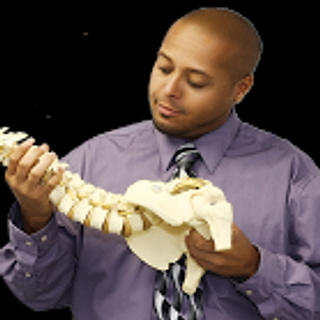Back-To-School Backpack Pain: 3 Ways Physical Therapy Helps
- Seth Lott
- Sep 5, 2024
- 2 min read
Updated: Jan 13
Loaded with stationery, books, snacks, water bottles, and other school goodies—backpacks are practical, necessary, and an accepted part of the school experience. Sadly, up to 50% of adolescents suffer from back, neck, and shoulder pain associated with these heavy backpacks.
More than just an inconvenience, backpack pain can seriously impact the lives of children and adolescents. Backpack pain impacts spinal health, limits physical activity, and can severely get in the way of enjoying one’s daily activities.
No young person should have to face chronic pain or a decreased quality of life. The good news is that physical therapy can help! You might not be able to get rid of your backpack—but you can say goodbye to the pain it causes. So, here are three effective ways that physical therapy treats—and prevents—backpack pain.
Restores Spinal Alignment
Backpacks place unnatural forces on the natural S-shaped curve of the spine—especially when they exceed 10% of your body weight. In many cases, children and adolescents worsen the impact by carrying their backpacks on a favored shoulder. The result? Muscular tension, neck, shoulder, and back pain, and spinal misalignments.
However, this is where physical therapy can help! Physical therapy targets the source of the discomfort by carefully assessing your joints and spine—and using manual therapy to make adjustments, release tension, and restore the natural alignment of your spine (including your neck) and your shoulders.
2. Increases Flexibility
Lower back pain is becoming more common in children. The daily (and yearly!) use of backpacks leads to stiffness from overuse in some muscles and weakness in others. Lower back pain often results from a lack of flexibility in the middle and lower parts of the body. This causes tension, restricts movement, and—without intervention—leads to chronic pain.
Yet, here’s how your local Tampa physical therapist can help: Physical therapists use various treatments that include range of motion exercises, muscle strengthening, and targeted stretches to restore flexibility and mobility—and naturally treat lower back pain.
3. Improves Posture
Did you know that children who sit up straight at their desks are less likely to suffer from back pain? One of the best ways to treat backpack pain is to prioritize posture. Lack of exercise, slouching, and core muscle weakness are key players that impact your posture.
Luckily, physical therapy helps correct weaknesses and teaches you how to stand, sit—and carry your backpack. With some help—and a little extra fitness homework—you’ll find yourself standing tall, feeling stronger, and free of pain!
In addition to these benefits, our team at Tampa Spine and Wellness will help you develop a “better backpack” practice. Here are some top tips:
Avoid consistently carrying a backpack weighing more than 10% of your body weight.
Wear your backpack higher up across both shoulders.
Pack heavier items so they rest closer to your back to lessen the impact on your spine.
Use a lightweight pack with wide and padded straps.
For personalized, holistic care and more information on how physical therapy can treat—and prevent—backpack pain, contact our team today. We’ll help take the pain out of your back-to-school experience, so you can face the year with confidence and energy!


























Comments